Information of Annapurna Conservation Area Project
Annapurna Conservation Area project (ACAP) is largest conservation area of Nepal and located in north center in Nepal. It has 7629 square Km and established in 2049 B.S. (1992 A.D.). It is bounded by the mustang in the north, Kali Gandaki River in the west, Marsyandi valley in the east and Pokhara valley is the south border.
This project was initiated by National Trust for Nature Conservation (the king Mahendra Trust for Nature Conservation) a non- government organization and donate by many international trusts. Nowadays, this project conserved by National Trust for Nature Conservation (NTNC) and local people community from local area. The head quarter of this ACAP is Ghandruk.
Best Time for Mohare Danda Trek
The best time to do the Mohare Danda Trek is during the spring (March–May) and autumn (September–November) seasons. These months offer the best weather conditions, clear mountain views, and a pleasant trekking experience.
During spring, the rhododendron forests are in full bloom, creating a vibrant and colorful landscape. The temperatures range from 10°C to 20°C during the day, with cooler nights. The weather is ideal, the forests are colorful, and the trails are less crowded compared to autumn.
- Autumn (September–November)
Autumn is also an excellent time for trekking, offering crystal-clear mountain views, moderate temperatures, and stable weather conditions. Daytime temperatures range from 10°C to 18°C, with chilly nights. This season provides the best visibility of the Himalayas, as the monsoon rains wash away dust and pollution, creating perfect weather and ideal trail conditions, making it the peak trekking season.
- Winter (December–February)
The trek can be done throughout the year, including in winter. This season is best for solitude, fresh snow, and a peaceful trekking experience. Daytime temperatures range from 5°C to 15°C, but nights can drop below freezing. The crisp, clear mountain views are a highlight of this season. However, there are challenges, including cold nights, potential snowfall, and some lodges closing.
The monsoon season is best for lush green landscapes and fewer crowds. During this time, daytime temperatures range from 15°C to 25°C, making it warm and humid. However, rainfall can make trails muddy and slippery, and clouds may obstruct mountain views. Other challenges include heavy rain, leeches, and limited visibility of the mountains.
Mohare Dada Trek difficulty
The Mohare Danda Trek is considered an easy to moderate level trek, making it a great choice for beginners, trekkers of all ages, and those with varying levels of experience. However, good physical fitness is required, as the trek lasts 5–6 days, with 5–7 hours of walking per day. Therefore, walking training is recommended in preparation.
The trail includes ascents and descents along a well-maintained path, with a mixture of stone steps, forest trails, and village paths. The maximum elevation is 3,300 meters (10,827 feet) at Mohare Danda, which is relatively low, meaning the altitude remains moderate. As a result, no acclimatization day is required. A gradual ascent and staying hydrated will help ensure the trip can be completed with ease.
Preparation for Mohare Danda Trek
After selecting and confirming the Mohare Danda Trek, proper planning and careful preparation are essential for a successful trip. Although this trek is considered easy to moderate, participants must be in good physical and mental condition to Mohare Dada Trek in the Annapurna region of Nepal.
It is recommended to engage in some training before the trek like practice walking for 6 to 7 hours per day, including both ascents and descents. Incorporating cardiovascular exercises such as running, swimming, yoga, jogging, and cycling can help improve stamina, enhance breathing, and increase endurance. Additionally, staying well-hydrated by drinking plenty of water is crucial for maintaining energy levels and overall well-being during the trek.
Mohare Dada Trek Cost
The cost of the Mohare Danda Trek is not expensive, as it is a relatively short trek that offers scenic views of the Annapurna and Dhaulagiri ranges. The cost varies based on several factors, such as group size, guide and porter fees, transportation, itinerary, and the services you require.
In our Mohare Danda Trek package, the cost ranges from 500 to 1000 USD. This price includes accommodation, food, guide, porter, permits, and transport during your stay in Kathmandu, Pokhara, and the 5–6 days of trekking. However, personal expenses, tips, extra food, luxury accommodations, donations, and travel insurance are not included in the cost.
Food and Accommodation in Mohare Dada Trek
During the Mohare Dada Trek, food and accommodation are typically provided in tea houses along the route. These simple tea house lodges are run by communities and families and offer basic rooms with wooden beds, blankets, and shared bathroom facilities. In some places, rooms may be more basic, while in others, they may be slightly more comfortable, but don't expect luxury. At higher altitudes, such as Ghorepani and Mohare Dada, lodges have fire chimneys in the dining rooms where trekkers can have their meals.
Most tea houses offer a variety of meals, including Nepali, Indian, and Western options. Dishes like dal bhat, momo, noodles, and fried rice are commonly served, along with tea, coffee, and snacks. Typical breakfast meals include pancakes, porridge, eggs, and toast. For lunch and dinner, you can find dal bhat (lentils and rice), momo (dumplings), noodles, or vegetable curry with rice. The prices for food and accommodations increase the higher you go, as the transportation of goods becomes more expensive in remote areas.
Required Permits and Permit Cost for Mohare Dada Trek
The Mohare Dada Trek is situated in the Annapurna Conservation Area, so you need to purchase an ACAP (Annapurna Conservation Area Project) permit. This permit can be obtained from a registered local trekking agency. However, if you are an individual trekker, you can buy it from the Tourism Board in Kathmandu or Pokhara.
Another required permit is the TIMS (Trekkers' Information Management System) card, which ensures the safety of guides and porters and helps track trekkers. Both of these permits are compulsory for the Mohare Dada Trek. If you attempt the trek without these permits, you will have to purchase them on the spot at double the cost (as a penalty) or be forced to turn back.
- The TIMS (Trekkers' Information Management System) card is mandatory for everyone trekking in the Mohare Dada Trek. It costs US$ 20 per person per trek for all nationalities.
- The Annapurna Conservation Area Project (ACAP) entry permit costs US$ 30 per person per trek for all nationalities, but only US$ 10 for SAARC country nationals.
Tipping information
The trekking guides and the porters, play a crucial role in ensuring a smooth and successful trip. After completing the journey, they gratefully accept tips from trekkers..
Tipping is an important aspect of trekking in Nepal, as it acknowledges and appreciates the hard work of the Guide and Porter that supports you throughout your adventure- Mohare Dada Trek. It is customary to tip at the end of the trek, and you should gather all team members— including the guide, porter, and assistant guide— to distribute the tips fairly.
Tips are generally given in cash, preferably in US dollars or Nepalese rupees. It is best to use small denominations to facilitate easier distribution. While the typical guideline is to tip around 15 to 20% of the total payable amount, you can adjust this based on the quality of service provided.
Recommended tipping amounts are as follows:
- Guide: $12-$15 per day
- Porter: $8-$10 per day
These tips are highly recommended to motivate the team and reward them for their outstanding service, contributing to a memorable and inspiring experience.
Trekking Gear List
Travel equipment are necessary to pack before you travel. We hope it is too much to carry from your home to others country but some are the necessary equipment can be hired or buy in Kathmandu around Thamel. These general equipment are for all seasons while on trekking in Nepal, but may be different as per the different season and duration of trekking routes on your chosen trip.
Documents:
- Passport and 4 passport size photos
- Travel insurance details (in case an emergency evacuation if needed)
- Boarding passes for flights
- Driver’s license (if needed)
- Cash USD
- Credit/Debit Card (Ensure you have $500 on your card incase an emergency helicopter evacuation is needed)
Sleeping:
- Sleeping bag (Comfort rating -15 Celsius recommended)
- Sleeping bag liner (Optional)
Footwear:
- Trekking boots: one pair lightweight
- Sandals for city and tea house footwear
- Shoes for the plane and tea houses (Optional)
- Gaiters for hiking in winter to the base camp
- Thin, lightweight inner socks
- Thick, warm wool hiking socks
Clothing for Body:
Please make sure that you have non-cotton clothing for trekking:
- Base-layer t-shirts (e.g. running t-shirts)
- Fleece/Windproof jacket
- Waterproof jacket
- Down jacket for warmth
- Travel clothes and City Wear
- Underwear
- Base-layer trousers (optional)
- Waterproof trousers
- Trekking trousers
- Trekking shorts (Optional)
- Gloves and wool hat
- bandanna or scarf
Health Requirements (Basic First Aid Kit)
- First-aid kit; should contain lip salve, Aspirin, Band Aids, anti-histamine, Imodium or similar tablets for mild cases of diarrhea
- Re-hydration powder, extra prescription drugs you may be taking if any particular
- Wet wipes for cleaning can be purchased in Kathmandu
Others:
- Sunglasses and Sun cream
- Towel
- Book (reading and writing materials)
- MP-3 /Music, headphones and ear plug (who know some people on group are snoring) as optional.
- Travel wash
- Hand sanitizer, wet wipes
- A day bag: 35 liters
- A duffel or rucksack with straps to go over your back (Max 12 kg of weight for porters to carry)
- Dry Liner or Dry Bag
- Water bottle/thermos/ camel bag: At least 2 L. Nalgen bottles best.
General Toiletries
- Toilet papers/ tissue
- Contact lenses, Glasses (if needed)
- 1 medium sized quick drying towel
- Tooth brush/paste (preferably biodegradable)
- Multipurpose soaps (preferably biodegradable)
- Large plastic bags – for keeping items dry inside your kit / duffel bag
- Travel game i.e. chess, backgammon, and scrabble. (for luxuries)
- Binoculars (for luxuries)
- Trail Map/Guide book (if you are alone)


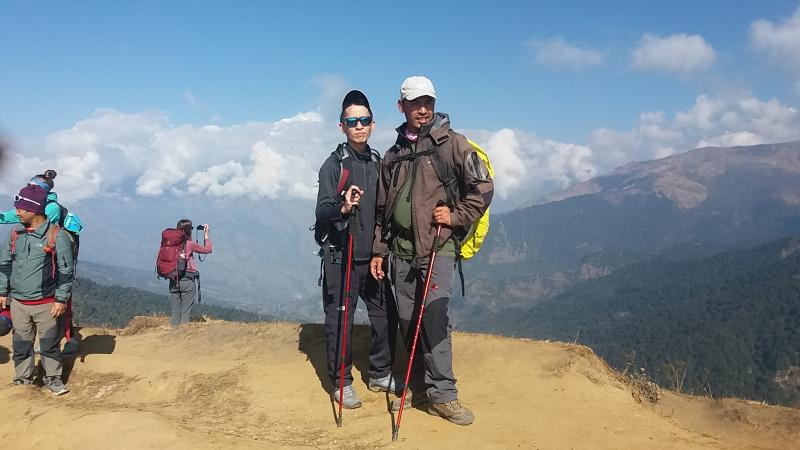

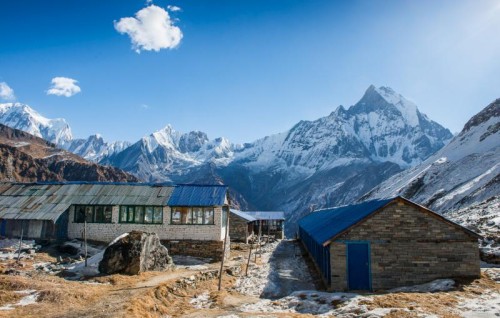


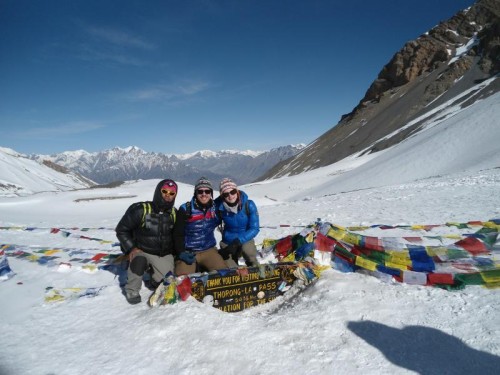
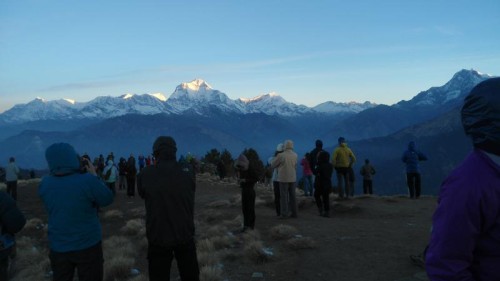
 USD 400
USD 400.jpg)
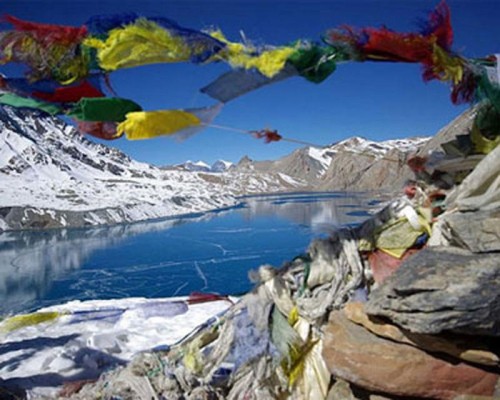
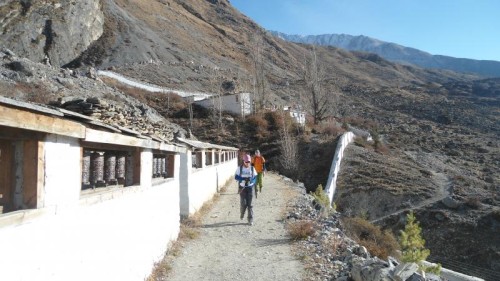
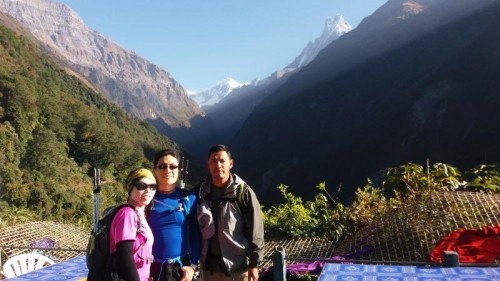
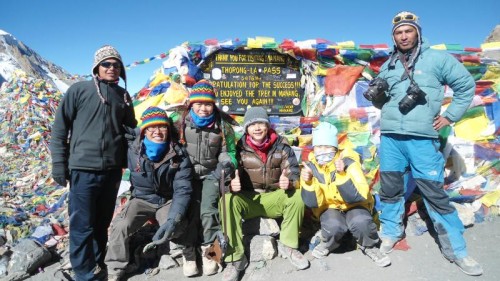
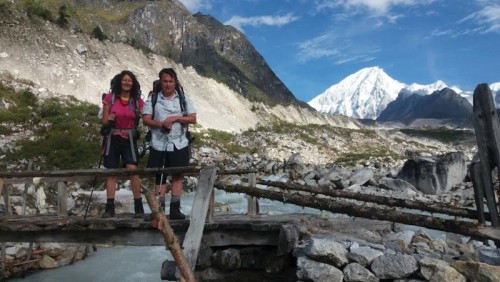
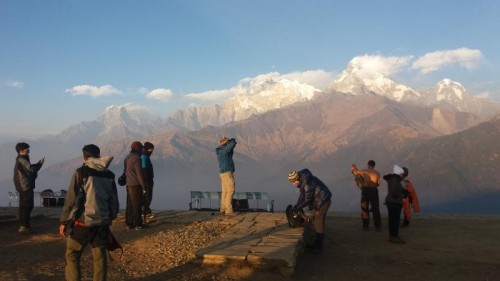
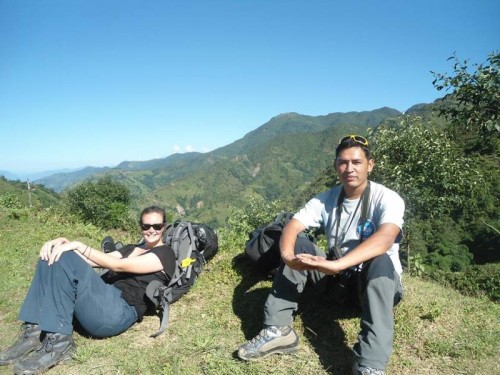
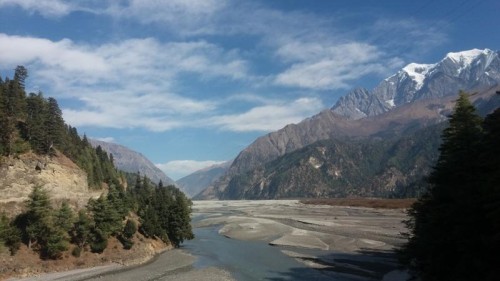
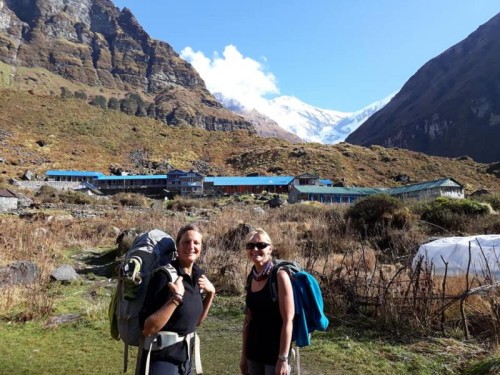



Chris Volk
Australia
Wonderful Mohare Dada Trek
18th June, 2023
Me and my friends arrived in Kathmandu with no guide, we met with a few companies but then met Purna on the recommendations of a friend and knew right away he was the one for us. He manages to book us everything for our trek. he is a kind and funny man with lots of knowledge of all the mountains, places and people in the Himalayas. The trip was amazing and very flexible, we decided to change our route and this was never an issue.